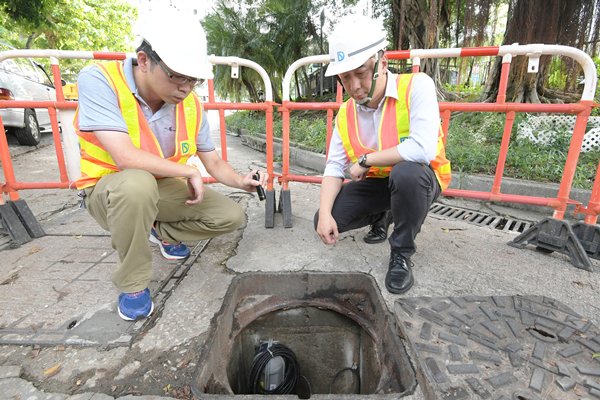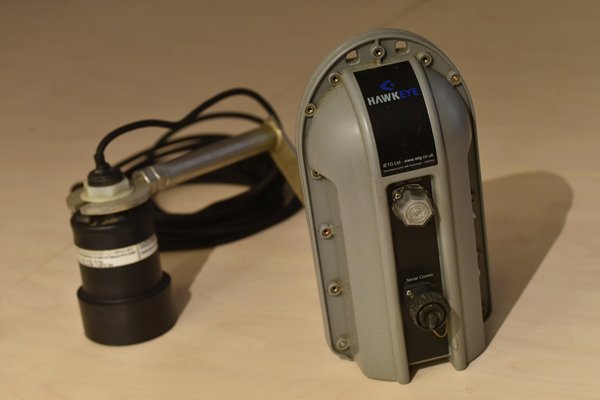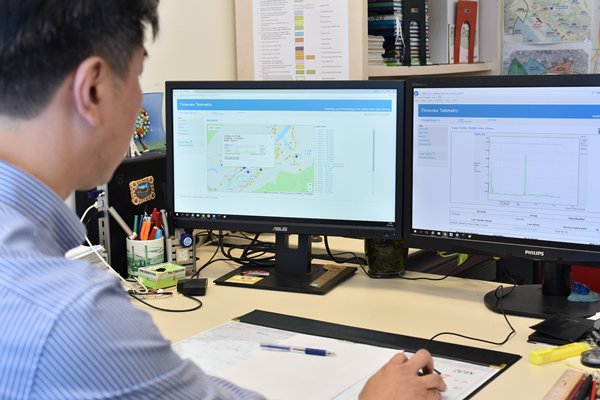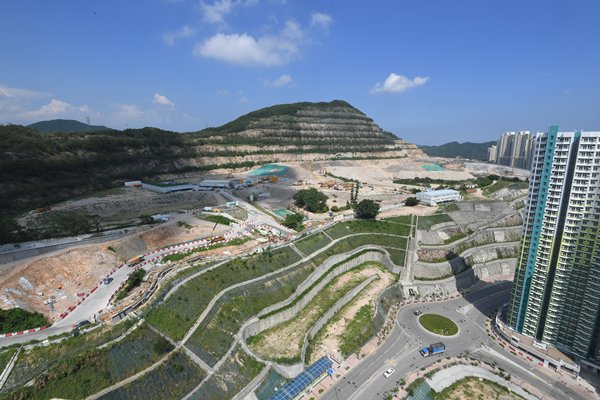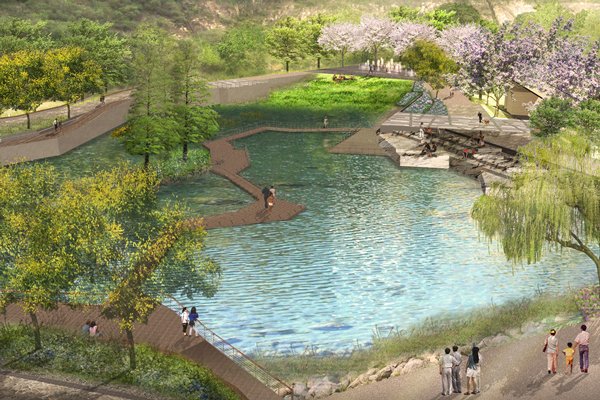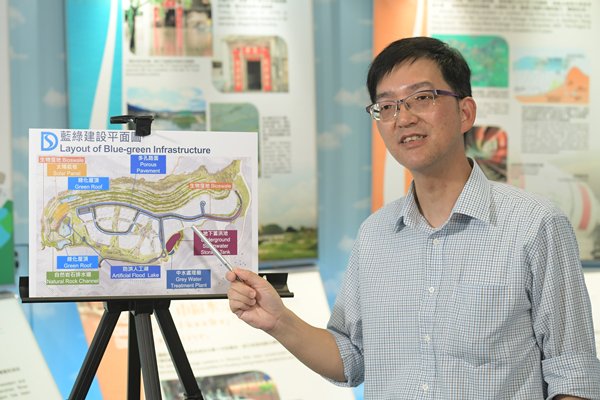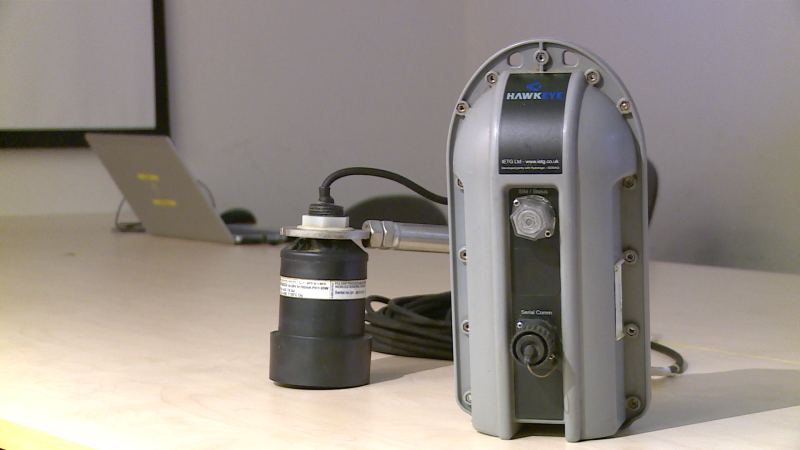A facelift for flood control
Hong Kong is beefing up its flood prevention systems with high-tech water level sensors and an artificial lake to adapt to climate change.
The Drainage Services Department installed water level sensors and data loggers in manholes to monitor real-time water levels as part of the Smart Sewerage Monitoring System Pilot Scheme, which began in 2015.
About 110 sets of the devices installed in Kowloon Bay and Sha Tin are providing comprehensive information to the department.
Real-time information
The ultrasonic sensors detect water levels while the data loggers transmit information instantly.
Drainage Services Department Engineer Kevin Yu said the devices are instrumental to the maintenance of the drainage system.
“We can know more about the situation or condition of the underground drainage system, so we can arrange the maintenance operation for the system.”
When the water reaches a certain level, frontline staff can be deployed to deal with high water flow.
Mr Yu said the information from the devices can be used to prioritise maintenance works to minimise the risk of flooding or overflowing.
He added the department will expand the scheme’s coverage to Sham Shui Po, Mong Kok, Tsim Sha Tsui and Yau Ma Tei in mid-2019.
Dual function
The department is also installing sustainable drainage systems at new developments.
An artificial flood lake is under construction at the Anderson Road Quarry Site development.
Drainage Services Department Chief Engineer Edwin Lau said the lake can store water from heavy rain and can be used recreationally.
“On normal days, the water depth of this flood lake is about less than one metre. So the public and the people can enjoy the waters and the nearby greening areas.
“(On) rainy days, the water depth will increase up to three metres to temporarily store the rain water.
“This project is the first one in Hong Kong that can serve flood prevention and recreation.”
The department will also install an underground stormwater storage tank at the site.
“All the runoff and the rain water will pass through this underground stormwater storage tank before it is discharged downstream.
“We use different sizes of outlet pipes at different levels to control the discharge flow-way that can minimise the use of any electricity, and so the operation of this underground stormwater storage tank is free of any electricity.”
Construction for the two projects at the Anderson Road Quarry Site began in 2016 and is expected to be completed in 2022.
